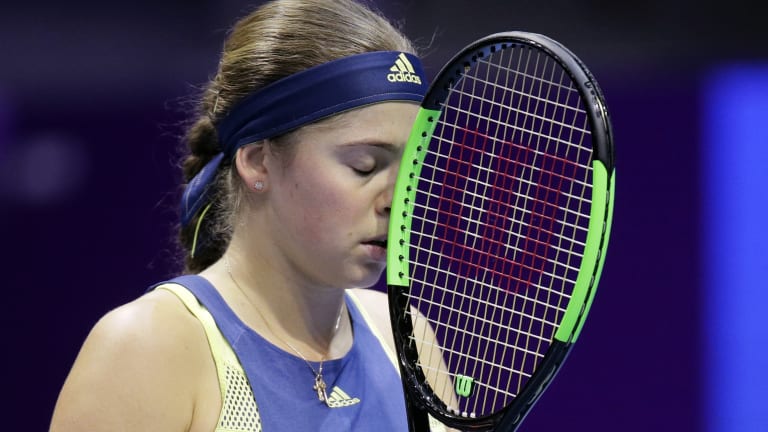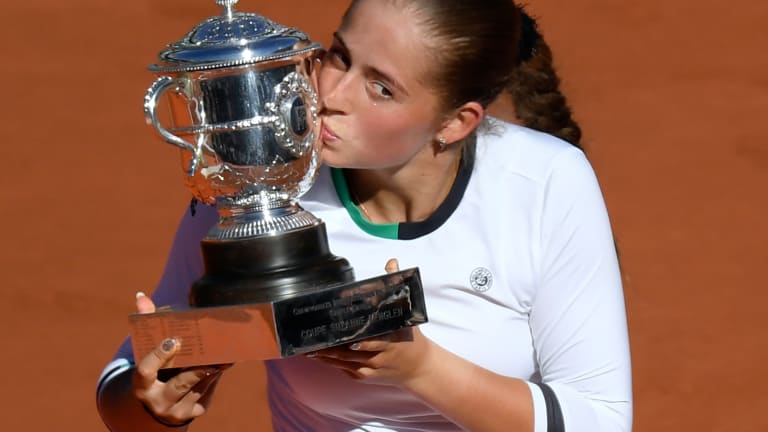Court Report: Australian Open to introduce 10-point tiebreaker in deciding set
Will Jelena Ostapenko recapture the magic of her Slam-winning season?
By Dec 23, 2018Roland Garros
Can champion Iga Swiatek bring consistency, too?
By May 26, 2021Wimbledon
The Tennis Conversation: Tim Henman
By May 21, 2021Wimbledon
Debating best-of-three sets vs. best-of-five
By May 21, 2021Polish phenom Iga Swiatek rules in Rome
By May 16, 2021Flawless Final: Iga Swiatek double bagels Karolina Pliskova in Rome
May 16, 2021Pliskova powers past Martic to reach third consecutive Rome final
By May 15, 2021Iga Swiatek wins twice to reach Rome final, now a win away from Top 10
By May 15, 2021Elina Svitolina holds off Garbiñe Muguruza to complete Rome QF line-up
By May 13, 2021Gauff relishes flawless performance with Barty matchup looming
By May 13, 2021Will Jelena Ostapenko recapture the magic of her Slam-winning season?
The young Latvian will try to work her way back into contention f
Published Dec 23, 2018
Advertising
Advertising

Will Jelena Ostapenko recapture the magic of her Slam-winning season?
© AP
Advertising

Will Jelena Ostapenko recapture the magic of her Slam-winning season?
© AFP/Getty Images